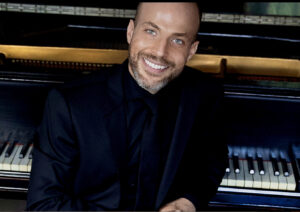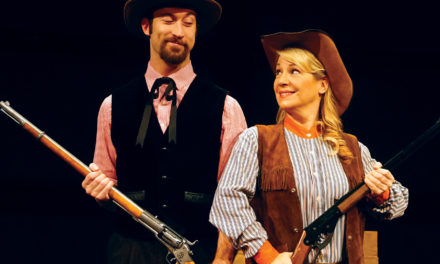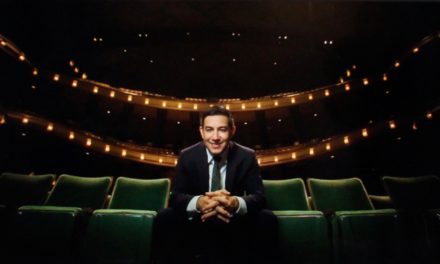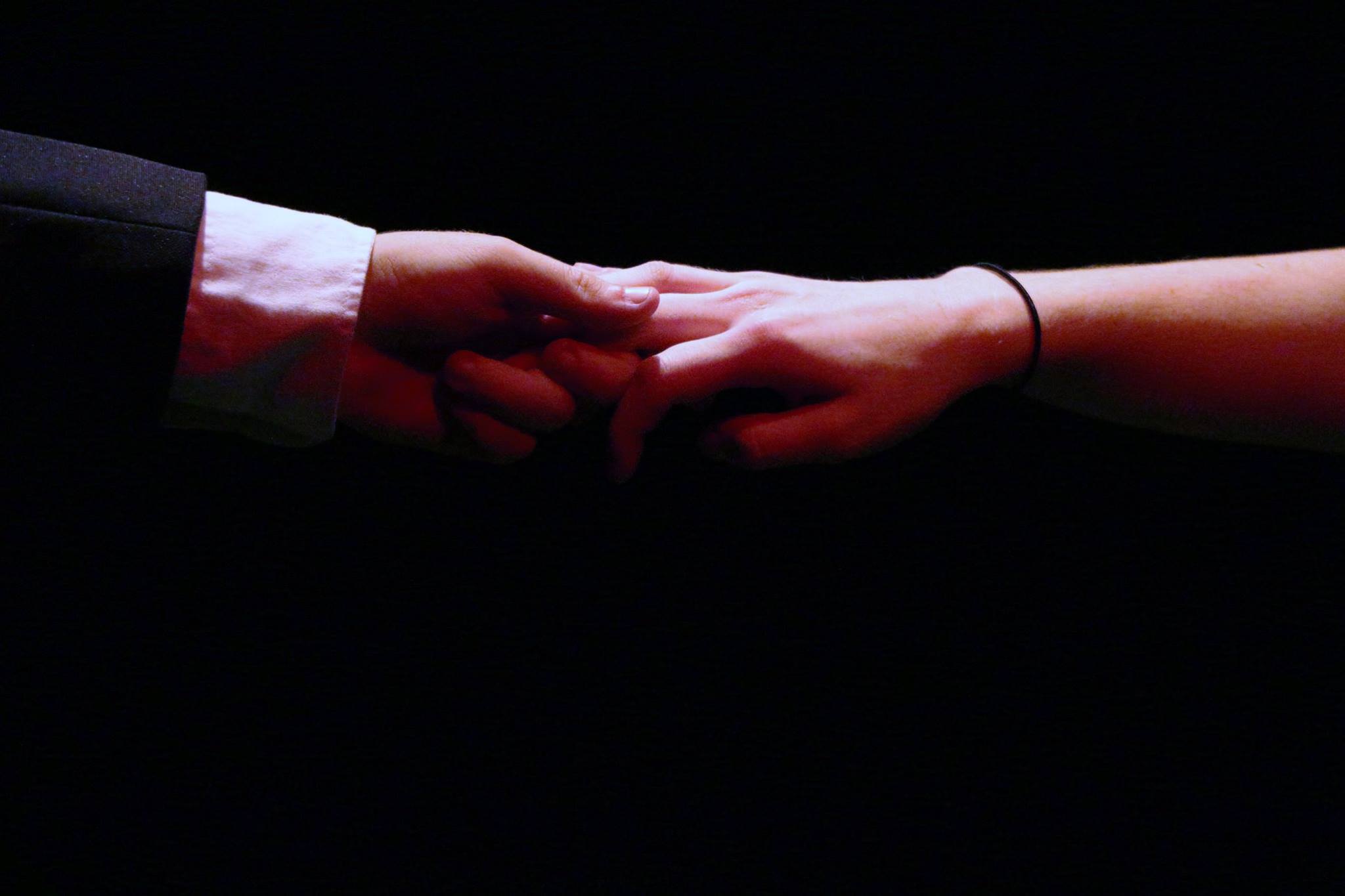By Daniel Buckwalter
(#CommonManAtTheSymphony)
A bright and festive dance spirit brought a n appreciative audience to life in the Hult Center’s Silva Concert Hall at the opening concert of the Eugene Symphony’s 2022-23 season on Oct. 8.
Expressive dance music from contemporary composer Angélica Negrón, born in Puerto Rico, and the late Manuel de Falla of Spain fused with the jazzy virtuosity of George Gershwin for a joyful opening night to the orchestra’s 58th season.
The audience for this rare Saturday night performance, conducted by Francesco Lecce-Chong, rose to its feet in ovation for all three pieces, leading off with Negrón’s six-minute piece, Me he perdido (“I’ve Gotten Lost”).

The concert opened with Angélica Negrón’s composition, Me he perdido (“I’ve Gotten Lost”).
Negrón, who now lives in New York City, is the Eugene Symphony’s “First Symphony Project Composer-in-Residence,” and the Eugene Symphony will premiere her Symphony No. 1 in February, 2023.
If that symphony premiere embodies the same spirit as Me he perdido, then audience members will be in for a delightful and eclectic treat. The Eugene Symphony described Me he perdido as showcasing Negrón’s “signature ethereal sound with orchestra and robotic instruments trading cascading musical figures and pulsing rhythmic lines.”
I can’t think of any other way to describe it myself, aside from having this notion that I was nestled in front of a television, with popcorn, about to watch a sci-fi thriller. I look forward to absorbing the premiere of her Symphony No. 1.
Gershwin’s Piano Concerto in F had the feel of walking — and sometimes running — through the concrete maze of a place like New York City.
In three movements, the concerto is snappy with periods of lush orchestration juxtaposed with sultry interludes. On that latter note, trumpeter Dave Bender opened the second movement with a wonderful bluesy solo, and principal violinist Searmi Park followed with a brief and soulful interlude.

Pianist Orion Weiss played George Gershwin’s Piano Concerto in F.
Guest pianist Orion Weiss expertly carried the orchestra through the final movement with a lightning-quick and deeply intense display of skill that took the audience to intermission wanting more.
They got more with de Falla’s El sombrero de tres picos (“The Three-Cornered Hat”), featuring mezzo-soprano Sarah Beaty.
The two-part ballet — which started as a small two-act play until Russian impresario Serge Diaghilev urged de Falla to develop it into a full-scale ballet, scored for orchestra — made its debut in 1917.
It tells the story of a beautiful woman in a small town, her husband, and their attempt to thwart a corrupt magistrate who wants to use his influence to assault the woman.
For the Eugene Symphony, though, it was the music that resonated. I could see in the music the animated Castilian dance, the farruca (a form of flamenco) and the jota style that is believed to have originated in Spain.
It was fun, lively night, and a solid start to the Eugene Symphony Orchestra season.








